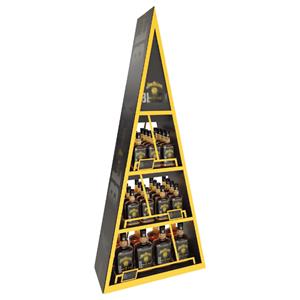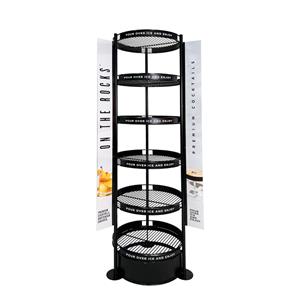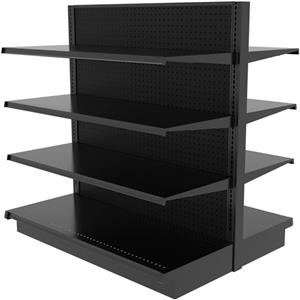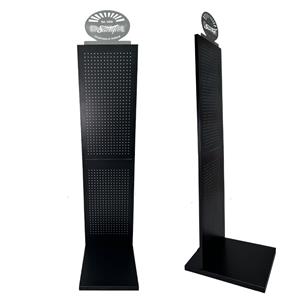Responding to Climate Change: How Retailers Can Adjust Their Promotional Strategies
Responding to Climate Change: How Retailers Can Adjust Their Promotional Strategies
As climate change continues to present significant challenges, businesses, particularly in the retail sector, must adapt their promotional strategies to align with environmental sustainability. Effective display arrangements and innovative promotional techniques are crucial for retailers utilizing product display racks, retail display racks, and tourism product display racks. This article outlines strategies to help retailers adjust their promotional tactics in the face of climate change.

1. Sustainable Product Display Racks
Choosing display racks made from eco-friendly materials, such as bamboo, recycled plastic, or renewable wood, is fundamental in reducing carbon footprints and demonstrating a company's commitment to environmental sustainability. Sustainable display racks are not only better for the planet but also resonate with consumers who prioritize green practices. Modular and reusable display racks, for instance, can significantly minimize waste and provide flexibility for different seasons and promotional events.
By integrating sustainable materials into their display solutions, retailers can showcase their commitment to reducing environmental impact, thereby attracting environmentally conscious customers and enhancing their brand image.
2. Intelligent Display Rack Arrangement
The arrangement of display racks plays a pivotal role in product visibility and customer experience. An intelligent and thoughtful display arrangement not only makes products more attractive but also contributes to a better shopping experience. For example, in tourism locations, utilizing tiered and color-coordinated display racks can effectively catch tourists' attention. Strategically arranging display racks to improve air circulation within the store can also reduce the need for excessive air conditioning and lighting, leading to significant energy savings.
Implementing intelligent display rack arrangements helps in optimizing the space while ensuring that the store remains inviting and energy-efficient, contributing to a more sustainable operational model.
3. Interactive and Digital Displays
Incorporating interactive and digital technology into display racks can significantly enhance the customer experience by providing more product information and fostering a stronger desire to purchase. For instance, equipping retail display racks with electronic screens that highlight product manufacturing processes, environmental benefits, and usage instructions can be highly effective. In tourism locations, integrating QR codes linked to detailed product information and travel guides on display racks can enrich the customer experience.
Interactive and digital displays offer dynamic ways to engage customers, making the shopping experience both informative and enjoyable, while also highlighting the retailer's commitment to modern and sustainable practices.
4. Local Features and Local Sourcing
Showcasing local specialties and handicrafts in tourism areas can greatly increase tourists' purchasing interest. These products not only support the local economy but also help in reducing carbon emissions associated with long-distance transportation. Retailers can design specific display racks to emphasize local features and organize themed promotional activities to attract tourists. For example, hosting a local food week or craft exhibition and using display racks to prominently feature these unique products can be highly effective.
By focusing on local products, retailers can not only reduce their carbon footprint but also provide unique offerings that appeal to tourists and local consumers alike.

5. Education and Promotion
Incorporating environmental protection concepts into promotional activities through education and promotion can significantly raise customers' awareness and support for sustainable practices. For instance, placing environmental protection brochures on display racks or hosting seminars to introduce the benefits and uses of sustainable products can enhance the brand's image and attract more environmentally conscious customers.
Educating customers about the importance of sustainability not only strengthens their loyalty but also positions the brand as a leader in eco-friendly practices.
6. Flexible Promotional Strategies
Retailers need to flexibly adjust their promotional strategies to align with seasonal and climate changes. For example, promoting lightweight, eco-friendly travel products in the summer and displaying warm, protective items in the winter can attract more customers. The arrangement of display racks can also be adapted to fit seasonal themes, creating a shopping environment that reflects current climate conditions.
Flexibility in promotional strategies ensures that retailers can swiftly adapt to changing market demands and environmental conditions, maintaining relevance and customer engagement throughout the year.
In the context of climate change, it is essential for retailers to adopt more flexible and sustainable promotional strategies. By using eco-friendly materials, intelligently arranging display racks, incorporating digital technology, emphasizing local features, educating customers, and adjusting promotional tactics flexibly, retailers can effectively address the challenges posed by climate change. These practices not only enhance brand image and customer satisfaction but also contribute to a more sustainable and competitive business model.
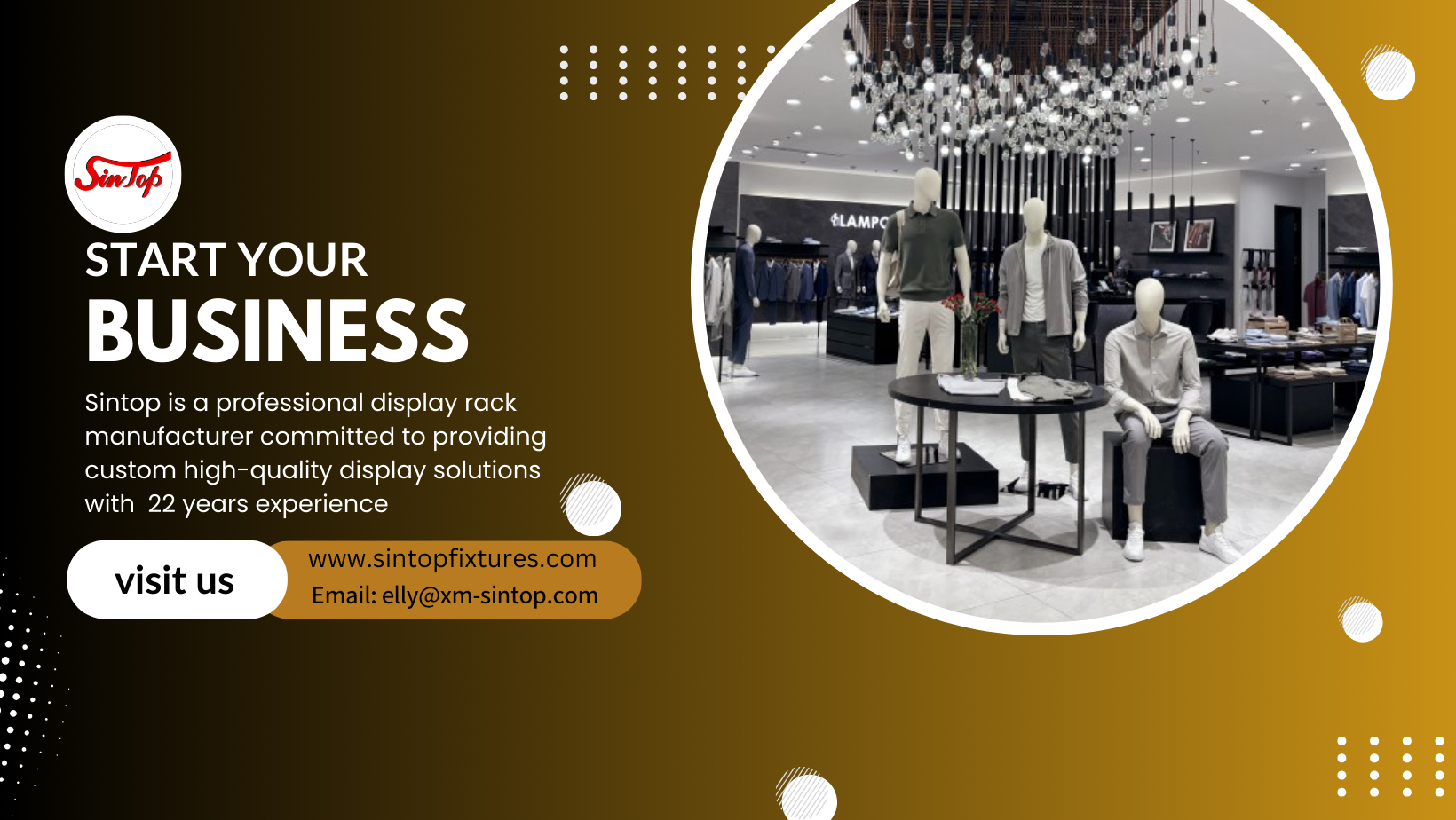
Sintop, as a provider of sustainable product display solutions, offers a range of eco-friendly and innovative display racks that help retailers align with these goals. By choosing Sintop's display racks, retailers can ensure they are supporting sustainable practices and contributing to a positive environmental impact, all while maintaining high standards of product presentation and customer engagement.
Contact Information:
Website: www.sintopfixtures.com
Wechat/WhatsApp: +86 15980885084
Email: elly@xm-sintop.com

